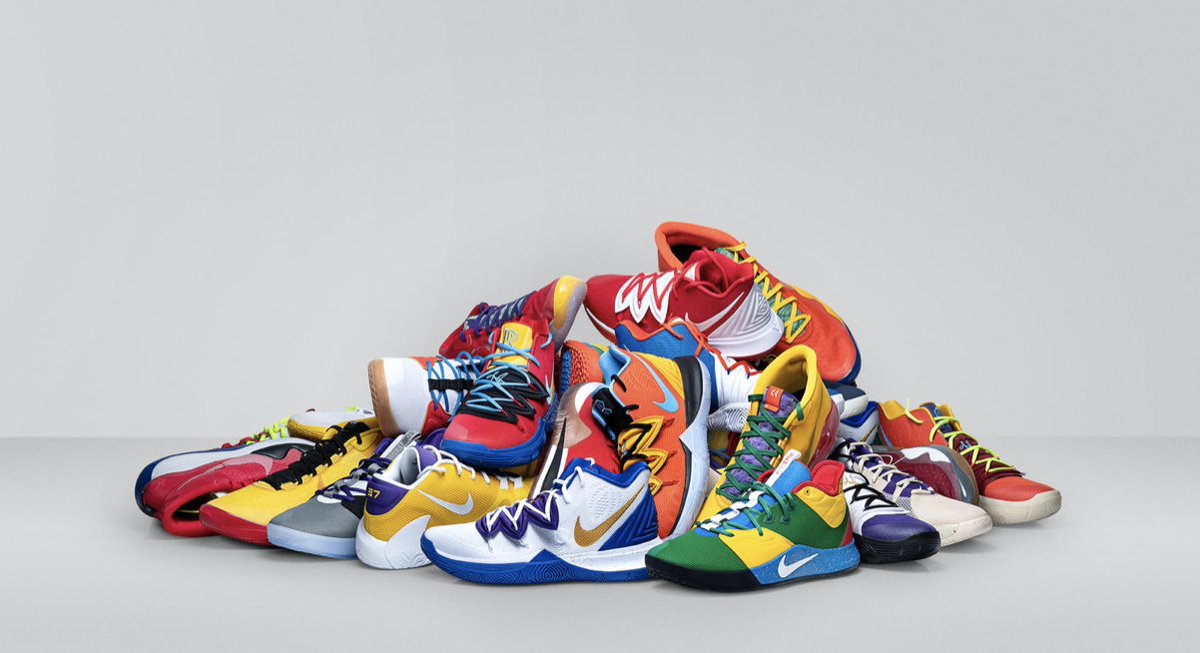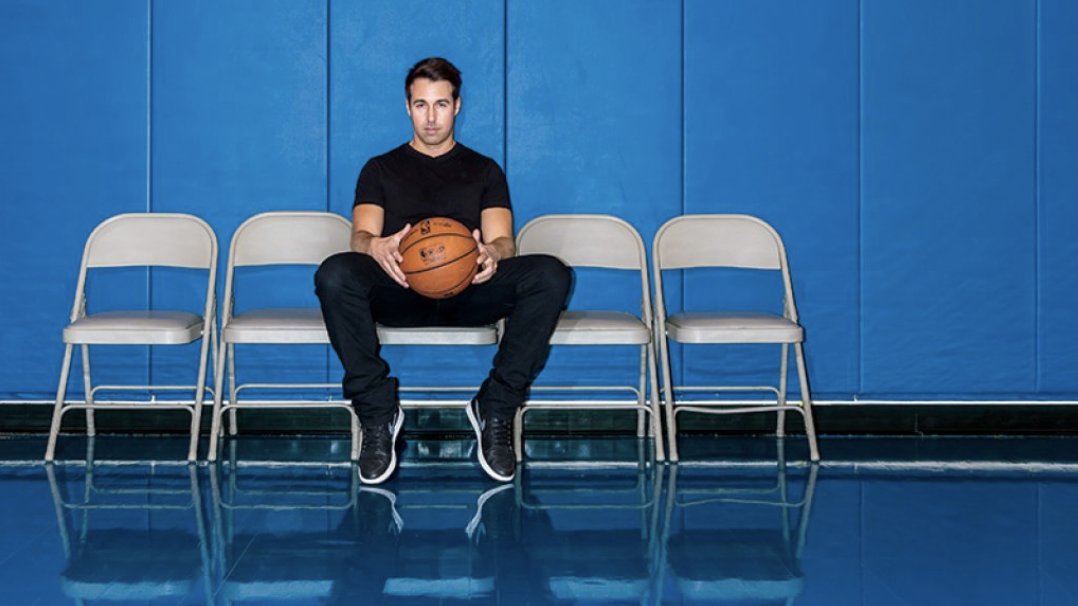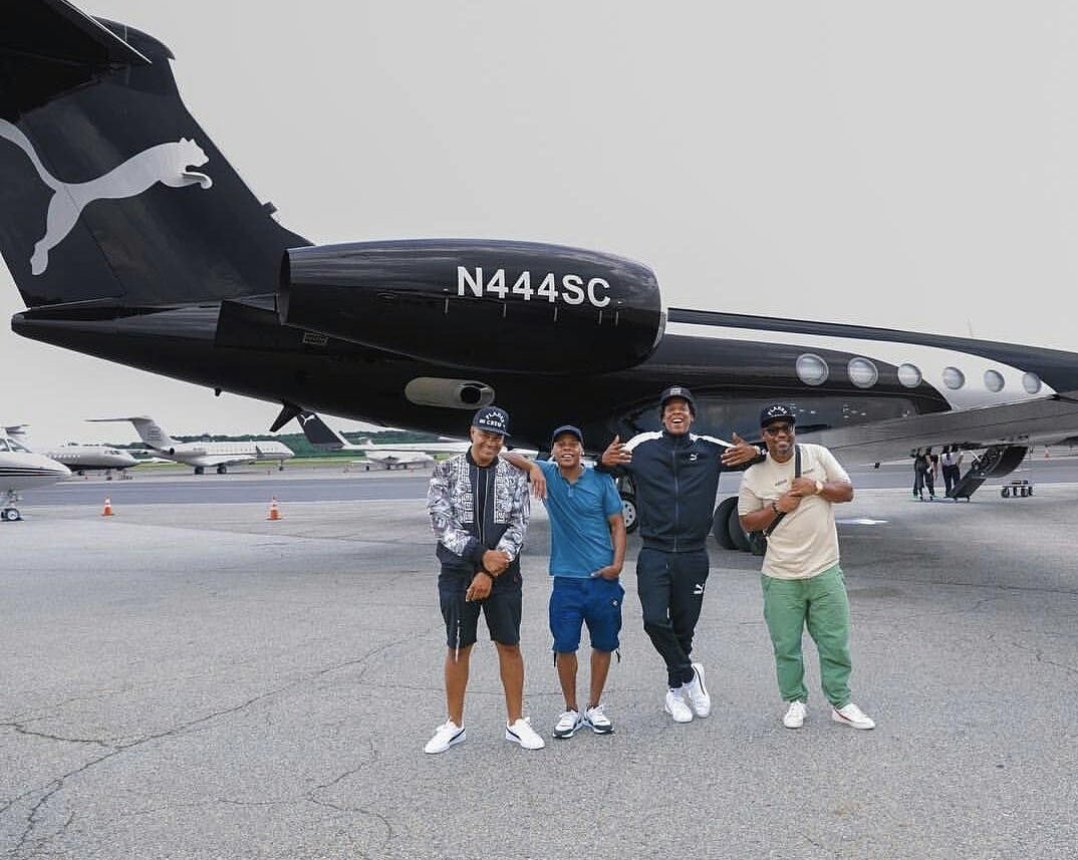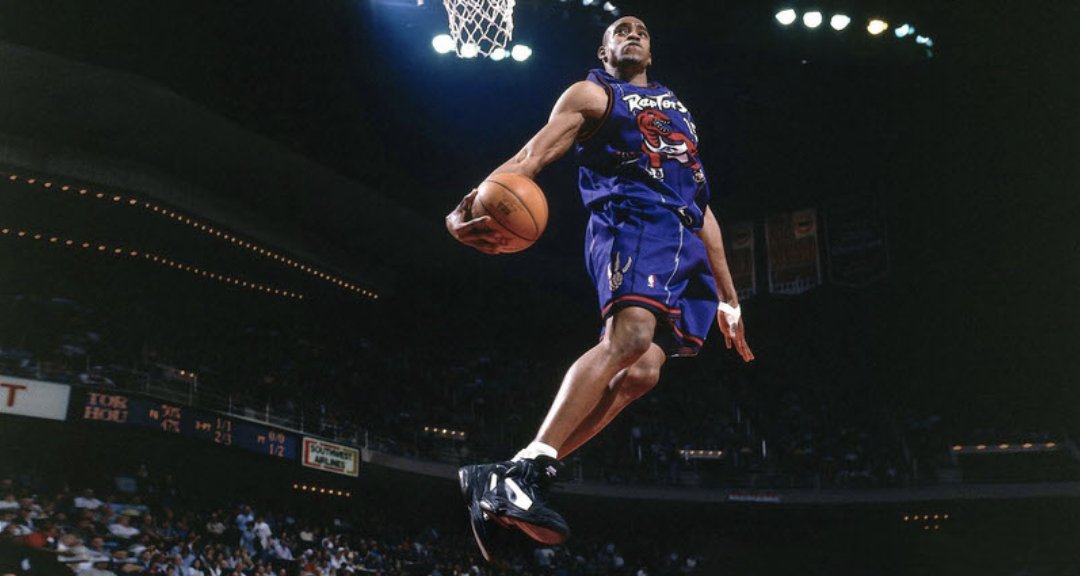
One professional athlete founded a business with more than 5,000 locations in 14 countries.
The crazy part?
He only made $1 million from it.
Time for a thread 👇👇👇
The crazy part?
He only made $1 million from it.
Time for a thread 👇👇👇
1) Tim Horton, who was born in Ontario, grew up similar to other Canadian children — with an intense passion for hockey.
Eventually, that passion would lead him to a hall-of-fame NHL career.
The only problem?
Professional hockey players didn't make money like they do today.


Eventually, that passion would lead him to a hall-of-fame NHL career.
The only problem?
Professional hockey players didn't make money like they do today.



2) Tim Horton played in the NHL for 24 years, becoming the only player in league history to have 2 different numbers retired — #2 & #7.
Accomplishments:
— 3x NHL All-Star
— 4x Stanley Cup Champ
— Hall-of-Famer
Even still, Horton never made more than $150,000 in a single season.
Accomplishments:
— 3x NHL All-Star
— 4x Stanley Cup Champ
— Hall-of-Famer
Even still, Horton never made more than $150,000 in a single season.
3) Knowing that his career could end at any moment, and that his salary wouldn't last forever, Tim Horton spent each offseason working.
Horton got his real estate license & sold cars, eventually opening "Tim Horton Motors" in 1961.
When that failed, he turned to hamburgers.
Horton got his real estate license & sold cars, eventually opening "Tim Horton Motors" in 1961.
When that failed, he turned to hamburgers.
4) After Tim Horton Motors closed down, Horton and his brother opened "The Big Seven" — a burger joint in Ontario.
Within a year, they had opened four more drive-in burger restaurants in Toronto.
The unfortunate part?
They all went bankrupt within a year.
Within a year, they had opened four more drive-in burger restaurants in Toronto.
The unfortunate part?
They all went bankrupt within a year.

5) In 1963, Tim Horton met businessman Jim Charade — who pitched Horton on licensing his name.
The plan was simple, Charade would use Horton's name to franchise restaurants & collect a monthly revenue share.
There was just one problem...
The plan was simple, Charade would use Horton's name to franchise restaurants & collect a monthly revenue share.
There was just one problem...
6) After opening Tim Horton's Donuts in 1964, Jim Charade had a falling out with the 1st franchise owner.
As the business struggled, he dipped into their shared bank account to fund it.
When Horton noticed, he demanded 50% equity in the business — not just a licensing deal.
As the business struggled, he dipped into their shared bank account to fund it.
When Horton noticed, he demanded 50% equity in the business — not just a licensing deal.

7) Eventually, Jim Charade and the third franchise owner, Ron Joyce, would also have issues.
Charade left the business, with Joyce paying $12,000 to become 50/50 partners with Tim Horton instead.
Once the equity was settled, it was off to the races.
Next up — expansion.
Charade left the business, with Joyce paying $12,000 to become 50/50 partners with Tim Horton instead.
Once the equity was settled, it was off to the races.
Next up — expansion.

8) Over the next decade, Tim Horton & Ron Joyce expanded the business.
By 1974, there were 33 Tim Horton's Donuts open —with another 15 under construction.
Joyce ran expansion, while Horton's NHL contract funded operations.
Everything was great, until one tragic night.
By 1974, there were 33 Tim Horton's Donuts open —with another 15 under construction.
Joyce ran expansion, while Horton's NHL contract funded operations.
Everything was great, until one tragic night.

9) On Feb. 20, 1974, after a game in Toronto, Tim Horton was driving back to Buffalo when he crashed — dying on the scene.
Following Horton's death, Ron Joyce negotiated with his wife to assume 100% control of the ~50 franchise business.
The price?
$1 Million & a Cadillac.
Following Horton's death, Ron Joyce negotiated with his wife to assume 100% control of the ~50 franchise business.
The price?
$1 Million & a Cadillac.

10) Over the next 20-years, Ron Joyce continued to expand Tim Horton's — eventually having 1,000 franchises.
In 1995, Wendy's bought the business for $600M in stock.
While Joyce passed away with a $1.4B net worth in 2019, Tim Horton's now has ~5,000 locations in 14 countries.
In 1995, Wendy's bought the business for $600M in stock.
While Joyce passed away with a $1.4B net worth in 2019, Tim Horton's now has ~5,000 locations in 14 countries.

11) Every great business has a story.
Whether it is a passionate entrepreneur or an operational expert, it takes hard work and years of persistence.
Tim Horton went from licensing his name to an equity owner who helped build a globally recognized corporation.
Winners, win.
Whether it is a passionate entrepreneur or an operational expert, it takes hard work and years of persistence.
Tim Horton went from licensing his name to an equity owner who helped build a globally recognized corporation.
Winners, win.
If you enjoyed this thread, you should:
1. Follow me, I tweet cool sports business stories everyday.
2. Subscribe to my free daily newsletter where I give detailed analysis on topics involving the money and business behind sports.
readhuddleup.com
1. Follow me, I tweet cool sports business stories everyday.
2. Subscribe to my free daily newsletter where I give detailed analysis on topics involving the money and business behind sports.
readhuddleup.com
Also, don't forget @AthleticBrewing is the reason I'm able to create sports business content full-time.
If you want to support me, buy some beer - it's really great stuff.
Use code "JOE25" for 25% off at athleticbrewing.com
If you want to support me, buy some beer - it's really great stuff.
Use code "JOE25" for 25% off at athleticbrewing.com
• • •
Missing some Tweet in this thread? You can try to
force a refresh














